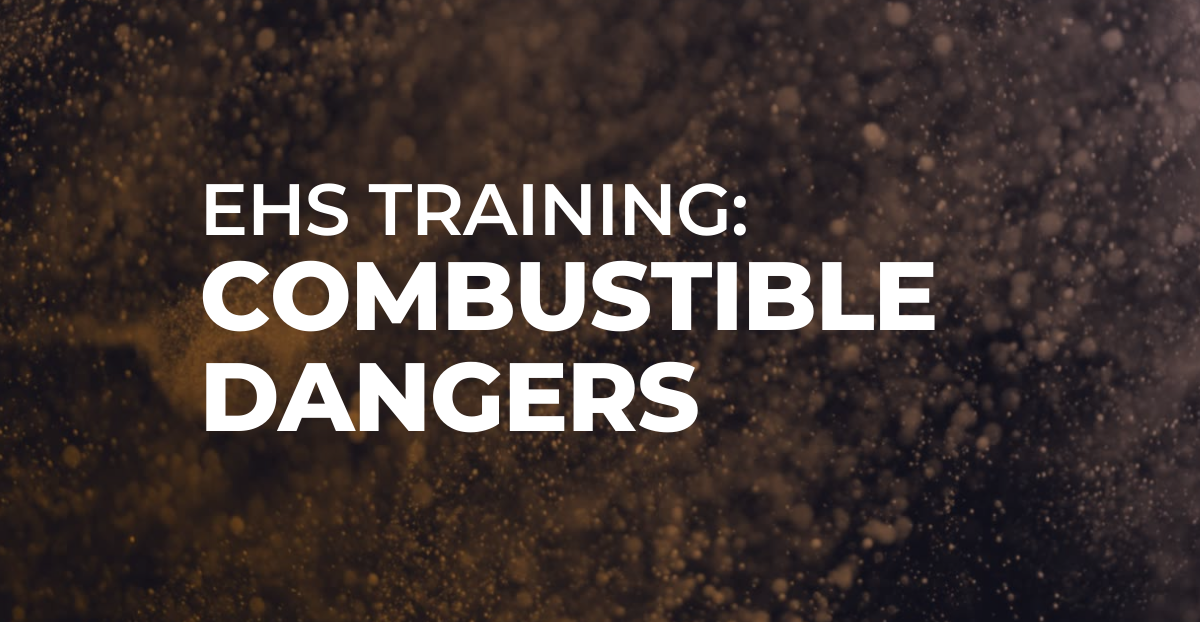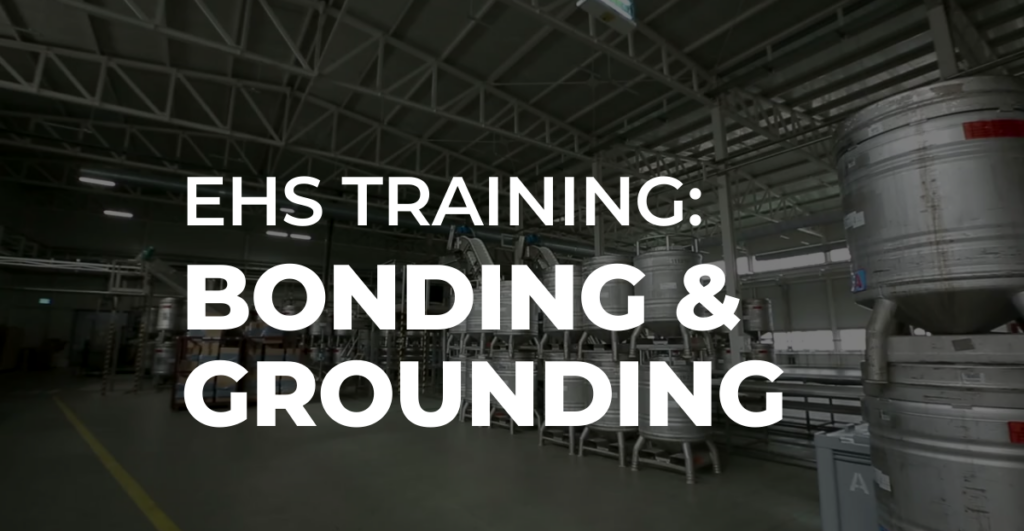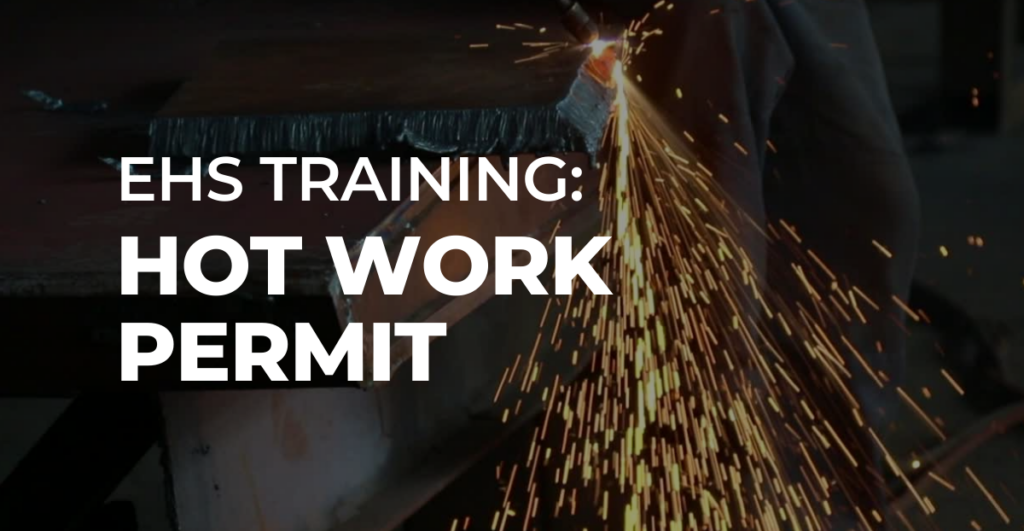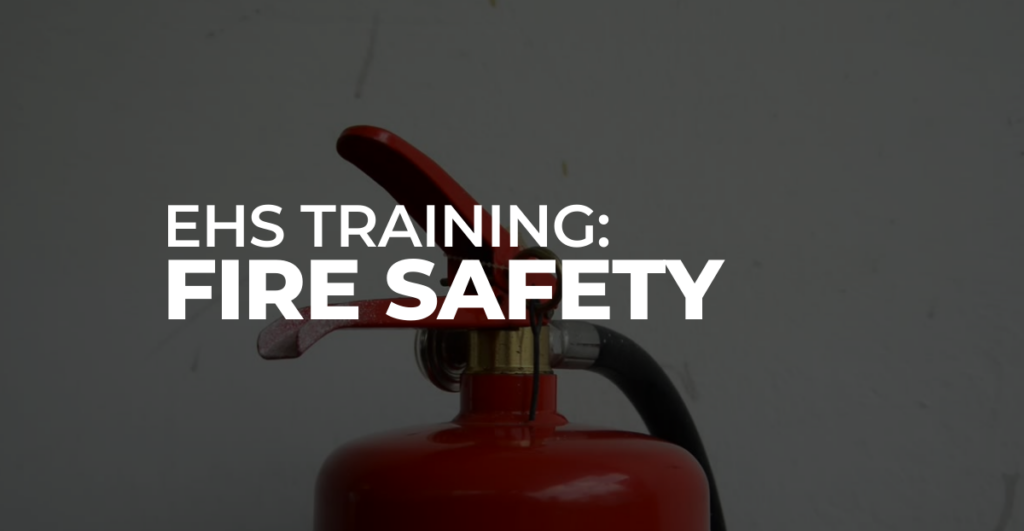Let’s talk about our combustible dangers training! The primary factor in an assessment of dust hazards is whether the dust is, in fact, combustible. Any material that will burn in the air in a solid form can be explosive when in a finely divided form. Combustible dust is defined by NFPA 654 as any finely divided solid material that is 420 microns or smaller in diameter and presents a fire or explosion hazard when dispersed and ignited in air, which is crucial during combustible dangers training.
The same definition applies to combustible metal dust in NFPA 484 standards for combustible metals, metal powders, and metal dust. One possible source for information on combustibility is the Material Safety Data Sheet (MSDS) for the material. In some cases, additional information such as test results will be available from chemical manufacturers. Comprehensive combustible dangers training will cover these aspects. To access more extensive training courses, head to our training library or discover our learning management system, which offers resources for combustible dangers training.




